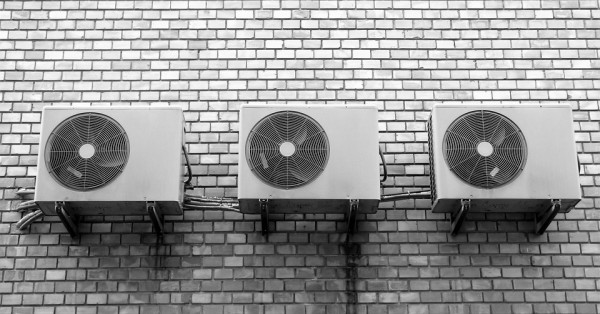
Under the intense heat of a midday sun, a newly developed film can dissipate the sun's thermal energy in the form of infrared radiation, resulting in a cooling effect, a new study shows. The advancement offers a simple way to keep buildings and other objects cool, whereas most current cooling techniques, such as air conditioning, involve a high level of energy input.
Passive radiative cooling involves drawing heat from surfaces and emitting it into space as infrared radiation. While some materials that can achieve this effect at nighttime have been developed, day-time radiative cooling presents a different challenge because solar absorbance still exceeds cooling power capabilities.
Here, Yao Zhai and colleagues developed a thin film of visibly transparent polymers that harbor randomly distributed microspheres of glass; these materials combined, and coated in a nanoscale layer of silver, were found to reflect about 96% of solar irradiation under noon-time conditions, yielding greater than 100 Watts/meter2 radiative cooling power.
The material is lightweight and easily conforms to curved surfaces. Perhaps most importantly, the authors note, the material is relatively easy to mass produce.



